5 Year Plan, 2010
Aaron Sinift, Brooklyn, NY (link to AA’s CV)
The 5 Year Plan is a seva (service) in honor of Mahatma Gandhi.
Created in India, Feb. 10–June 20, 2010.
Colophon
|
ARTISTS:
Orijit Sen, Francesco Clemente, Pushpa Kumari, Julie Doucet, Jane Gilmor, Tim Wehrle, Johnny Coyne, Yoko Ono, Franck Andre Jamme, Chris Martin, Donald Baechler, Mrs. Bina Handa, Sarnath Banerjee, Melissa Lockwood, Aditya Pande, James Green, Monisha Raja, Erin Stack, Robyn Beeche, Meagan Haberman, Tamara Gonzales, Duncan Tonatiuh Smith, Gurpreet Sidhu, Marguerite Byrum, Aaron Sinift, and Alpana Bawa. |
| |
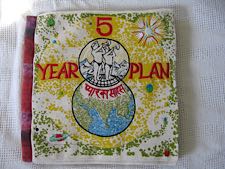 |
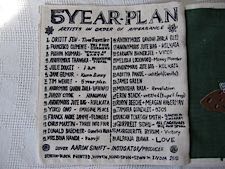 |
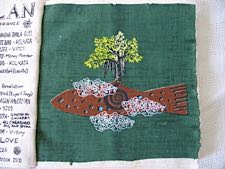 |
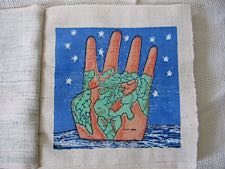 |
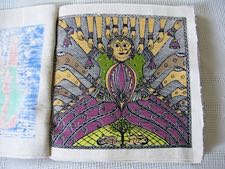 |
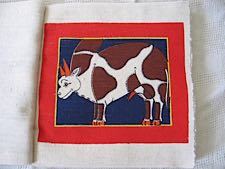 |
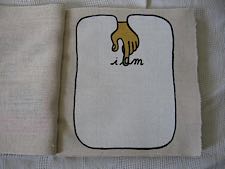 |
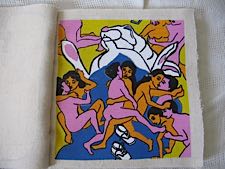 |
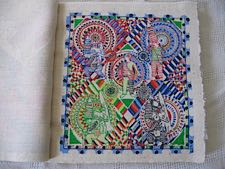 |
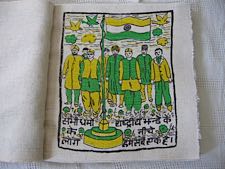 |
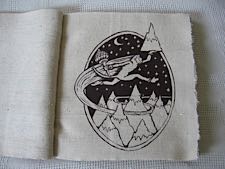 |
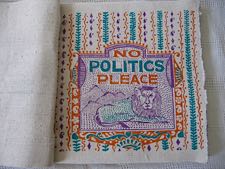 |
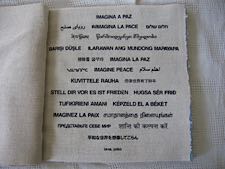 |
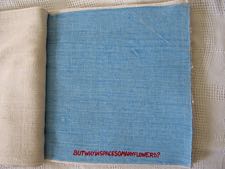 |
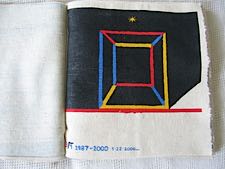 |
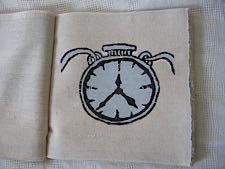 |
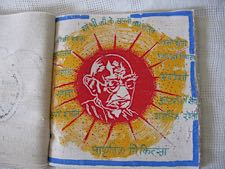 |
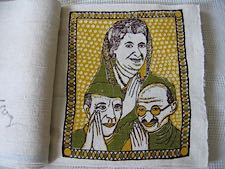 |
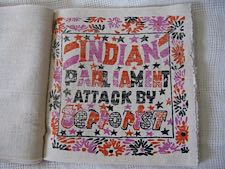 |
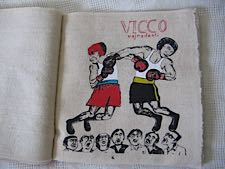 |
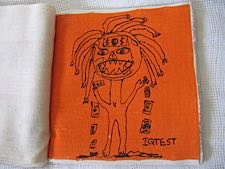 |
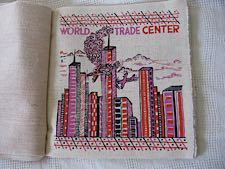 |
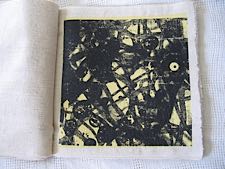 |
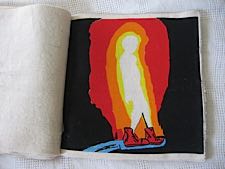 |
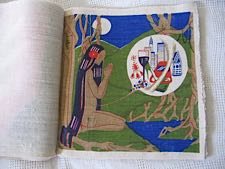 |
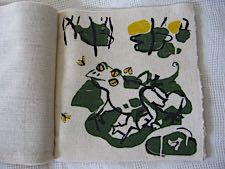 |
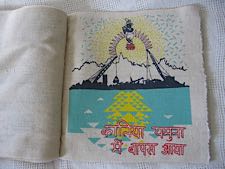 |
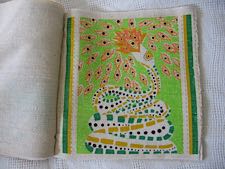 |
 |
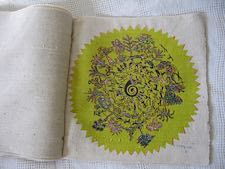 |
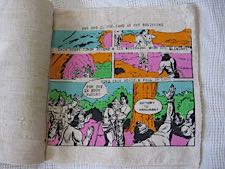 |
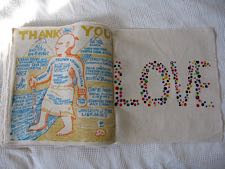 |
| 5 Year Plan is an artwork as social architecture, bridging cultures and re-orienting art and art production toward generosity and participation. The project brings together artists, scholars, poets, rural villagers and Gandhian activists, uniting the efforts of hundreds of people with different ideas of art, economics, and technology. 24 artists from 8 different countries were invited to participate by doing a page for the book. |
 |
| To be consistent with Gandhian principals, it could not be for profit, therefore we have pledged the first $25,000 raised to Doctors Without Borders (MSF), and any remaining funds will go to doing another 5YP project. |
 |
- To print the book onto khadi cloth required 1.4 kilometers of khadi to be woven on wooden looms at the Manav Seva Sannidhi Ashram, Modinagar, U.P. India.
- One meter of khadi requires 3000 meters of thread to be spun on a charka by hand. One spinner on average can spin 2000 meters of thread in a day.
- 1400 meters of khadi requires 4,200,000 meters of thread.
- This required 2100 days of work.
- To weave the tread into 1400 meters of khadi required 262 days of weaving (8 meters per day/loom)
- In total simply preparing the khadi for the book created almost 2400 days of work.
- In other words, about 100 families were kept employed for a month.
- Every aspect of the book was created almost entirely through hand-powered means, almost no electricity was used in production.
|
 |
Institutional Collections to date:
Boston Athenaeum
Museum of Modern Art, NYC
Stanford University Special Collections Library/ Stanford University Art Library
University of Iowa Art Library
Yale University
Harvard University Art Library
School of the Art Institute of Chicago (Joan Flasch Book Collection)
U.S. Library of Congress
Universitat fur angewandte Kunst Wien (University of Applied Arts Vienna)
Howard Gottlieb Research Center at Boston University
Brooklyn Museum
Oberlin College
Chapman University
Smith College, Mortimer Rare Book Room
Bucknell University
Swarthmore College
Lafayette College
University of Washington (Sandra Kroupa Library)
University of Oregon, Jordan Schnitzer Museum of Art
Multnomah County Public Library
Duke University
Occidental College, Louisiana
University of Connecticut
Emerson College, Boston MA.
Franklin & Marshall College, Lancaster, PA.
University of Arizona
Trinity College
University of Wisconsin (Madison), Special Collections
DePaul University
University of Delaware Library
Emory University
National Art Library, London
Victoria and Albert Museum, London
The Menil Collection, Houston TX
Museum of Printing History, Houston TX
for more information contact Marshall Weber & Felice Tebbe at Booklyn.org |




































